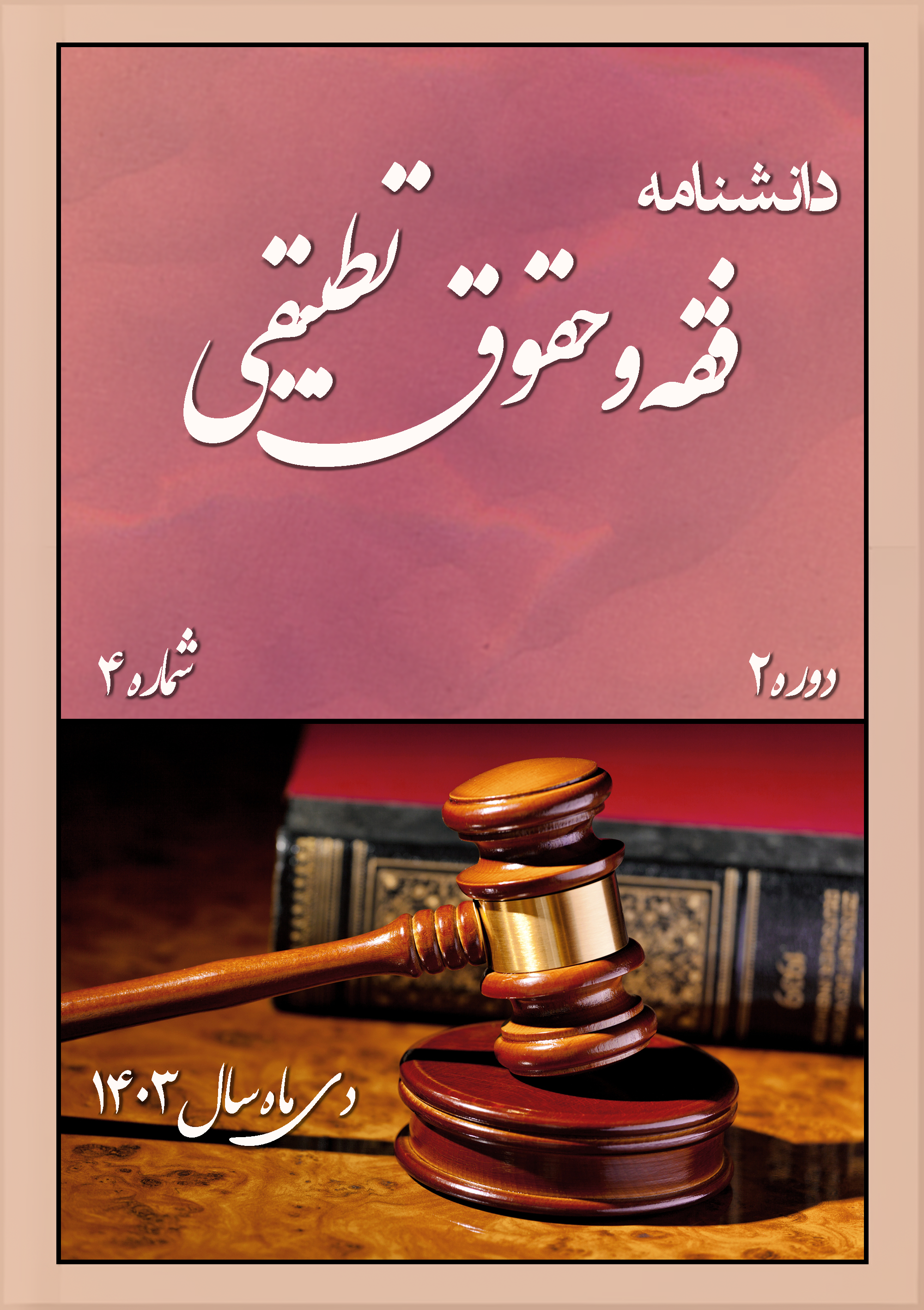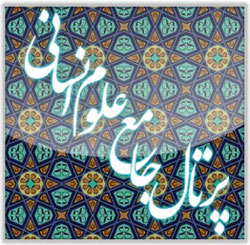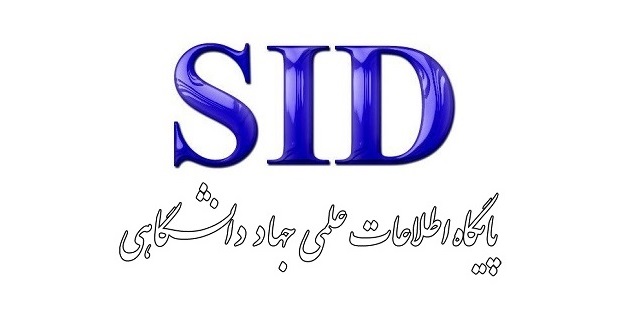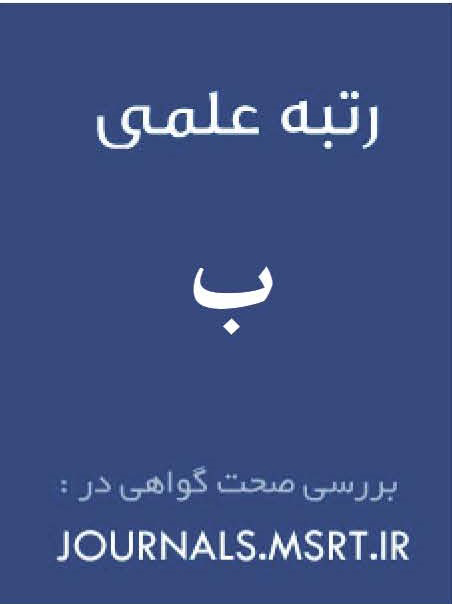Support for Crime Victims in Light of the Institution of Diyyah: A Jurisprudential and Criminological Perspective
Keywords:
Victim, blood money, restorative justice, apology, peaceful criminology, blood money headquarters,, compensation for moral damageAbstract
With the transformation of criminal justice approaches from an exclusive focus on the offender toward the restoration of victims' rights, attention to mechanisms for compensation—particularly within the framework of restorative justice—has gained increasing importance. The institution of diyyah (blood money), as one of the most deeply rooted instruments of compensation in Islamic jurisprudence and Iranian criminal law, possesses the capacity to support victims not only as a tool for material redress but also within a restorative, moral, and even psychological framework. This article, using a descriptive–analytical method and drawing on jurisprudential sources and modern criminological theories, endeavors to demonstrate that diyyah, beyond its financial function, can provide a foundation for reconciliation, social relationship restoration, and the rehabilitation of the victim’s dignity—especially when accompanied by components such as apology, restorative dialogue, and the participation of supportive institutions like the Diyyah Headquarters (Setad-e Diyyah). Within this framework, Qur’anic and jurisprudential teachings, emphasizing peace, forgiveness, and reparation, along with peace-oriented criminology and victimology theories, provide the theoretical grounding for analyzing diyyah as a restorative institution. The article also explores the feasibility of implementing methods such as victim-offender circles in the context of diyyah payments and argues that, although Iran's legal system is not yet structurally familiar with such methods, it does hold jurisprudential and legal-philosophical potential for achieving consensual justice. A comparative analysis of diyyah in jurisprudential teachings with the concept of restorative justice—as a novel idea in peace-oriented criminology—reveals that the institution of diyyah has considerable potential for protecting the bodily integrity of victims and resolving crimes through participatory and reparative means. Restorative justice, by emphasizing non-criminal and informal approaches, accords an active role to the victim, a feature that aligns with penal policies grounded in Qur’anic-jurisprudential teachings that are "non-punitive," "restorative," and "victim-centered." Accordingly, the institution of diyyah can serve as a bridge between retributive and restorative justice, effectively addressing the needs of victims in society.
Downloads
References
Fathi, M. J. (2024). Response to Crime, Punishment, and Protective and Educational Measures. Tehran: Mizan Legal Foundation.
Haji Deh Abadi, A. (2008). Compensation for Victims at the Expense of the Government and Public Institutions. Tehran: Islamic Culture and Thought Research Institute.
Hosseinvand, M. (2015). Criminal Mediation in Light of Restorative Justice Teachings. Tehran: Majd Scientific and Cultural Institute.
Keramati Moaz, H. (2024a). Criminology (New Topics in Criminology). Publishing Company.
Keramati Moaz, H. (2024b). Legal and Criminological Analysis of Apology for Moral Damage Resulting from Crime. Applied Criminology Research, 2IS - 5.
Khomeini, S. R. (2011). Tahrir al-Wasila (Vol. 2). Qom: Dar al-Kutub al-Ilmiyya.
Mansour Abadi, A. (2019). General Principles of Criminal Law. Tehran: Mizan Legal Foundation.
Mansour Abadi, A. (2020). General Criminal Law 3. Tehran: Mizan Legal Foundation.
Najafi Abrand Abadi, A. H. (2012). Lectures on Criminology (Globalization) degree=Master's Degree
Pranis, K. (2005). The Little Book of Circle Processes: A New/Old Approach to Peacemaking. Good Books.
Safari, A. (2016). Diya in Islamic Law; A Restorative (Non-Punitive and Victim-Centered) Alternative for Crimes Against Persons. In F. Mohammad (Ed.), Encyclopedia of Restorative Justice. Tehran: Mizan Legal Foundation.
Safari, A., & Saberi, R. (2019). Peaceful Crime Science: Its Approach to Crime and Strategies for Combating Crime. Quarterly Journal of Crime Prevention Studies, 14(53).
Shiri, A. (2018). Restorative Justice. Tehran: Mizan Legal Foundation.
Umbreit, N. (2001). Family Group Conferencing: Implication for crime victim. Minnesota: Center for restorative justice and peacemaking.
Voravayi, A., & Shakouri, J. S. (2021). Restorative Justice in Iran. Tehran: Khorsandi Publications.
Downloads
Published
Submitted
Revised
Accepted
Issue
Section
License
Copyright (c) 1403 امید محمدی نیا, محمد جواد فتحی, عباس منصورآبادی (نویسنده)

This work is licensed under a Creative Commons Attribution-NonCommercial 4.0 International License.










